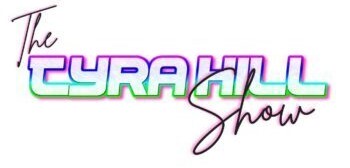Diabetes mellitus refers to a group of diseases that affect how your body uses blood glucose, commonly called blood sugar. Glucose is vital to your health because it’s an important source of energy for the cells that make up your muscles and tissues. It’s also your brain’s main source of fuel.
If you have diabetes, no matter what type, it means you have too much glucose (sugar) in your blood, although the reasons may differ. Too much glucose can lead to serious health problems.
Chronic diabetes conditions include type 1 diabetes (born with) and type 2 diabetes (poorn diet and activity level). Potentially reversible diabetes conditions include prediabetes — when your blood sugar levels are higher than normal, but not high enough to be classified as diabetes — and gestational diabetes, which occurs during pregnancy but may resolve after the baby is delivered.
Type 1 diabetes is a serious condition that occurs when the pancreas makes little or no insulin. Without insulin, the body is unable to take the glucose (blood sugar) it gets from food into cells to fuel the body
Type 2 diabetes usually occurs slowly over time. When the body is exposed to large ammounts of glocose (sugar), your body’s cells start to become resistant to insulin (know as receptor downregulation). The cells can’t absorb the glucose for energy, so it stays in the blood (high blood sugar) Most people with the disease are overweight when they are diagnosed. Increased fat makes it harder for your body to use insulin the correct way.
Type 2 diabetes can also develop in people who are thin. This is more common in the elderly.
Family history and genes play a role in type 2 diabetes. Low activity level, poor diet, and excess body weight around the waist increase your chance of getting the disease.
Let’s talk more about type 2 diabetes. Why? Because it’s the most controllable. What we eat is just as important as how much we eat. Take wheat, corn, and white starches like potatoes and rice for instance. These foods are converted into sugar. So much in fact that if you have diabetes, the first thin that’s recommended to cut out is wheat. It can spike your blood sugar higher than a candybar. For this reason I recommend cutting back drastically on these food items. They should not be part of your normal diet. Too often these food “have” to be eaten with a certain meal. Shrimp, veggies, rice. Steak, bread, potatoes….Why? Who said? Certainly your body isn’t agreeing with this idea. Let’s break these habits. Let’s take responsibility for our health. Just because the dinner you order comes with these items, does not mean you have to consume them. Remember what is important…….
~its about what YOU see in the mirror~
http://www.mayoclinic.org/
[twitter style=”vertical” float=”left”]
[twitter_follow language=”en”]
[digg float=”left”]
[fblike style=”standard” showfaces=”false” width=”450″ verb=”like” font=”arial”]
[fbshare type=”button”]
[linkedin_share style=”none”]
[google_plusone size=”standard”]







